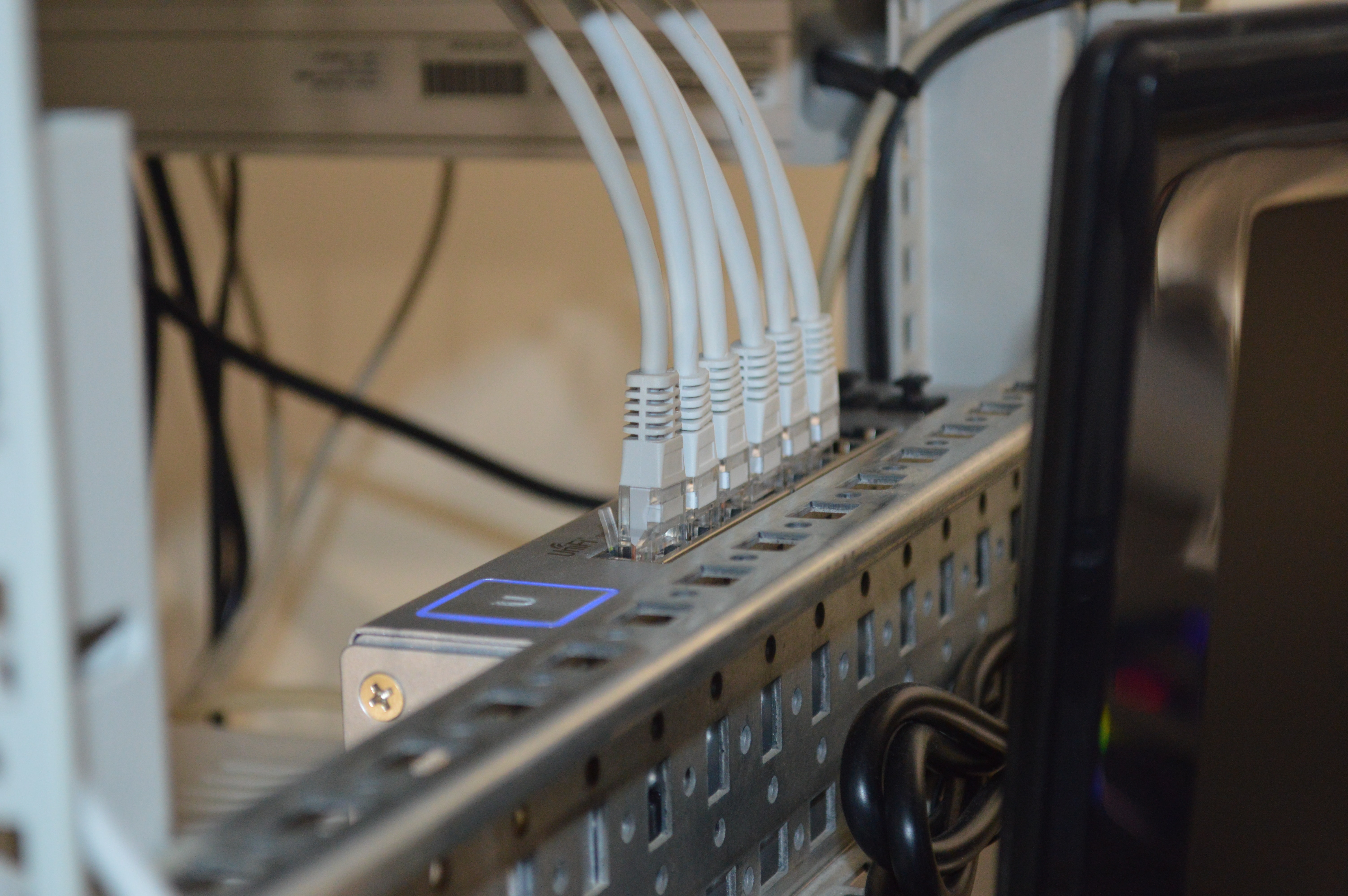Wayleave agreements facilitate installation of telecoms in offices - understand the process, costs, and tips to streamline this critical relocation requirement.
By Making Moves London
November 3, 2022
For the majority of our clients, the level of ‘red tape’ associated with an office relocation (or even a lease renewal in some instances) can lead to excessive delays and mounting pressure to move in on time. Clients already have a significant number of hurdles to jump through when leasing a new office, but one issue that seems to be a growing problem while relocating, are wayleaves. As tenants become increasingly reliant on telecommunications and data, the requirement for a wayleave is almost always there. Following various meetings with clients, it has become apparent that whilst a requirement for a wayleave has been around for a while, there is still a lack of awareness over this issue and why it is now so important to obtain one.
A wayleave agreement is an agreement between three parties – the landlord, the tenant and the telecoms provider – which allows internet and telecoms providers to install (as well as repair and maintain) equipment within an office building. This is a legal agreement and will need to be signed by the property owner and yourselves (the tenant) prior to any work being carried out.
Put simply, the internet and telecoms providers need the landlord’s permission before they start drilling holes or uprooting any land that belongs to the landlord. So, to save any potential disputes that could end up costly for both the landlord and the service providers, having a wayleave agreement in place before starting any work protects all parties involved.
Often landlords may require rent payments or compensation from the service providers as part of their agreement and may also ask the tenant to cover their legal fees from setting up the wayleave agreement.

As technology advances and the world becomes more digitalised, it’s essential that businesses are able to keep up with these changes – and those that don’t adapt are getting left behind. As people return to the office, there is a growing need for workplaces to have the digital infrastructure in place to enable the business to operate effectively. On top of this, following the pandemic, businesses are continuing to embrace new hybrid models of working that rely on strong, stable and secure connections. Wayleave agreements help make all of this possible.
But don’t just take our word for it – the government also emphasises the growing need for businesses to digitalise with its Electronic Communications Code, a legal framework put in place to help grant access rights to network providers. As part of the government’s efforts to make the UK a global leader in digital connectivity, the legislation helps give network providers the right to install and maintain apparatus on, over and under private land.
Internet providers and landlords are now very stringent on a wayleave being in place prior to work starting and this is where problems can arise. The wayleave agreement formally documents the landlord’s approval for the telecoms providers to run their fibre cabling over the landlord’s property to the office in question.
Companies such as BT Openreach, can sometimes provide lead-in times of circa 90 days to install the fibre line. Whilst this is a worst-case scenario, if you did have to wait 90 days and then find out that no wayleave had been agreed but was required, then this would put you to the back of BT’s queue for them to install the relevant equipment. Clearly this would delay an office move considerably.

It’s important to note that wayleave agreements can come in all shapes and sizes depending on the length and scale of a project as well as the terms agreed within them. Many IT providers have standardised wayleave agreement forms whilst some landlords prefer to work with their solicitors to come up with the terms themselves.
As a general rule, wayleave agreements should record the terms agreed between the parties in writing – protecting the rights and interests of all involved (i.e. the service providers, the landlord and the tenants) for the duration of the agreement. This ensures that everyone is on the same page and will be co-operative with one another. The more detailed the wayleave agreement is, the less room for misunderstandings to occur.
The document should include stipulations regarding access arrangements to the land/property and state the notice period that the service providers must give tenants before performing any work on the property. There should also be structures put in place to help prevent disputes – such as compensation for damage and indemnities.
Completing a wayleave agreement can be a long process – so the earlier that you start, the better. Applications tend to take up to 90 days to be legally granted as solicitors, commercial agents or surveyors, wayleave officers and even adjoining landowners must be accounted for.
Ensure the wayleave document is raised with your lawyer as soon as your potential new office is placed under offer and we would strongly advise making contact with your telecoms provider as soon as you are set on a property. They will normally survey the site and the earlier this survey happens, the more time you will have to deal with any issues, prior to the signing of the lease.
We would also recommend appointing a specialist IT provider to assist with the process, who will be well versed in the necessary requirements for a wayleave. A good outfit will manage the entire process for you.
Again, there is no definite cost of wayleave agreements, as their complexity varies from project to project. But what we can tell you is that there are generally two costs associated with wayleave agreements – the cost of acquiring the agreement in the first place and then the ongoing cost of any digital infrastructure put in place. We recommend requesting an estimate cost from your solicitor to review a wayleave agreement on your behalf.
Although wayleave agreements can be protracted, there are a few things you can do to speed up the process. Firstly, we would always suggest asking for draft versions of the agreement prior to signing the lease of your chosen property – write this into your heads of terms agreement during the negotiation process.
In addition, it’s also best to engage with your preferred internet service providers (such as BT or Virgin) early on, to make sure that you have a secure internet connection as soon as you can move into the office. Giving the network providers a minimum of 90 days’ notice will help make sure you avoid any such delays.
When HiBob, a rapidly growing HR technology company, relocated to the Buckley Building, they needed their new office space to reflect their forward-thinking brand while accommodating their expanding team. Making Moves was tasked with finding the perfect location and managing the entire fit-out process.

An essential part of the relocation involved ensuring all services were installed and operational to support HiBob’s modern working environment. From high-speed connectivity to functional infrastructure, every detail was carefully coordinated to avoid delays or disruptions for their team.
In HiBob’s case, early planning and proactive management of all technical and logistical aspects of the relocation ensured a smooth transition to their new space. This project is a testament to how expert guidance can make even the most complex relocations straightforward and stress-free.
Read the full case study here, or explore more of our client success stories in our case study archive.
And there we have it – everything you need to know about wayleave agreements. We hope this has helped make the process sound a little less scary – just remember the sooner you get started the better! And if you are having any difficulties with your wayleave agreement, download our handy Wayleave & Fibre Guide get in touch with us today.
If there’s any other part of the moving process such as relocation consultancy or building surveys that you need help with, we have a whole team over here at Making Moves that can support you every step of the way.

🚚 Source, negotiate and manage entire office moves.
🏢 Dispose, sublet or redesign your office.
🖊️ Professional, independent support.